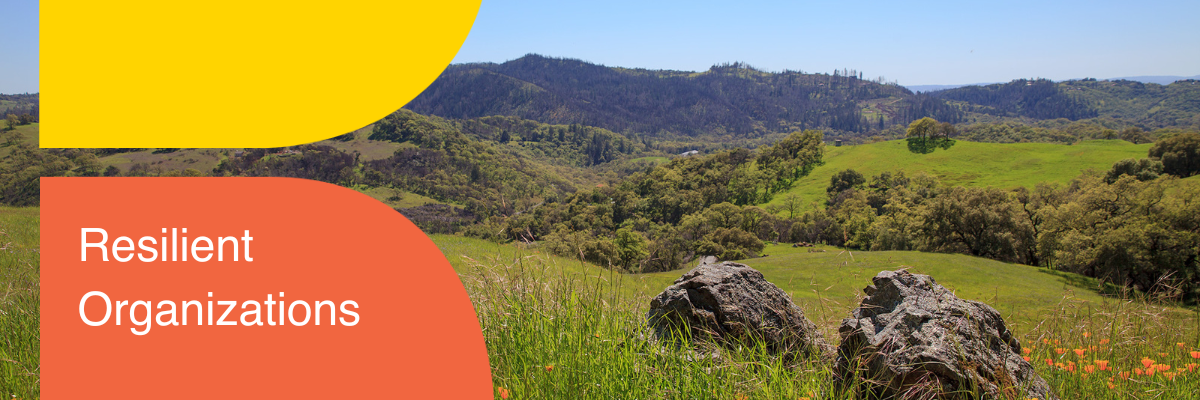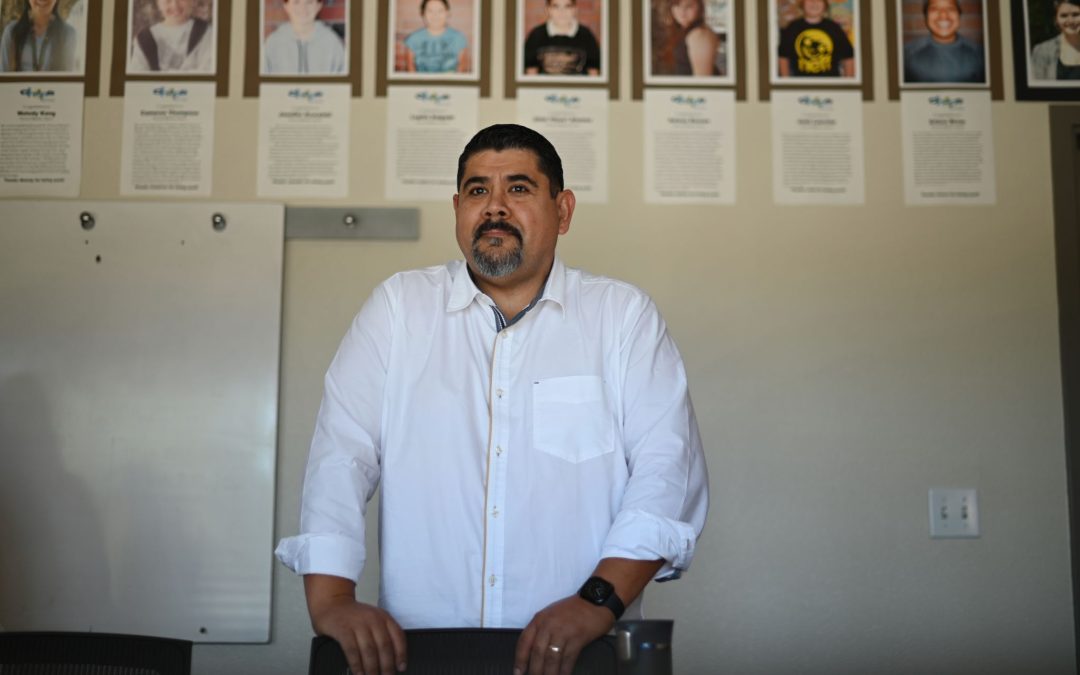It’s been just over five years since the Tubbs and Nuns fires changed life as we knew it in Sonoma County. We launched the Sonoma County Resilience Fund knowing that while the immediate needs would be great, our community needed a fund that would be there for the long-term, ready to help to solve the unpredictable issues that would emerge over time.
We certainly didn’t know the trials that would come. From further wildfires to the coronavirus pandemic. We’ve been there for Sonoma County throughout.
Today, the Sonoma County Resilience Fund is our community’s only long-term disaster recovery fund. We are incredibly grateful to the more than 7,500 donors who have given $25 million to the Resilience Fund. Their generosity made it possible for us to have reached a new milestone this year: To date, we’ve made over $17.3 million in grants to help our community recover.
HELPING, HEALING, HOUSING, AND MORE
We focused our initial grants on three areas: helping individuals impacted by the fires, healing the long-term effects of trauma and housing solutions for our community. These areas of need were identified through a research effort that included surveying the needs of over 450 nonprofit organizations in Sonoma and Napa counties, listening sessions with over 150 nonprofit leaders, and interviews with funders who have faced disasters in communities like New Orleans, Houston, New York, San Diego and more.
Since then, we’ve added a few more focus areas as long-term community needs have emerged. These include creating a more resilient community through preparedness and planning, research, convening, and of course, covid relief.
We kept a few key principles in mind while making our grants:
DISASTERS DISCRIMINATE
In the early aftermath of the 2017 fires, we often said, “disasters are an equal opportunity destroyer.” The fire did not choose only our most vulnerable populations; the damage was all-consuming. Members of our community needed support, no matter their socio-economic background.
Fast forward to now: it is clear that those vulnerable populations are the least able to recover. If the original disaster didn’t discriminate, the recovery certainly has, as those with resources are able to recover faster while others are left behind.
This unequal recovery shapes our grantmaking strategy, using equity as a lens for all of our disaster recovery grants.
BOLDER, FASTER GRANTMAKING
The aftermath of a disaster is not grantmaking-as-usual and calls for innovation in both process and funding.
One of the consequences of the wildfires was the swift evolution of innovative partnerships. Our grantmaking matched this innovation and urgency with grants to help solve large-scale issues and fund new projects and new organizations.
Several of our most significant grants have been to collaborative organizations that did not exist before the fires and were formed to meet the new needs of our community.
PAYING OUR KNOWLEDGE FORWARD
With widespread fires in California, Oregon, and more, we are deeply aware that ours is not the only community recovering. Beyond the financial investments we are making in our local community, we are also committed to sharing what knowledge we have gained to help support other regions similarly affected by disasters. We regularly connect with colleagues at community foundations across the country to help support them as they consider helping their communities.
Our progress report:











